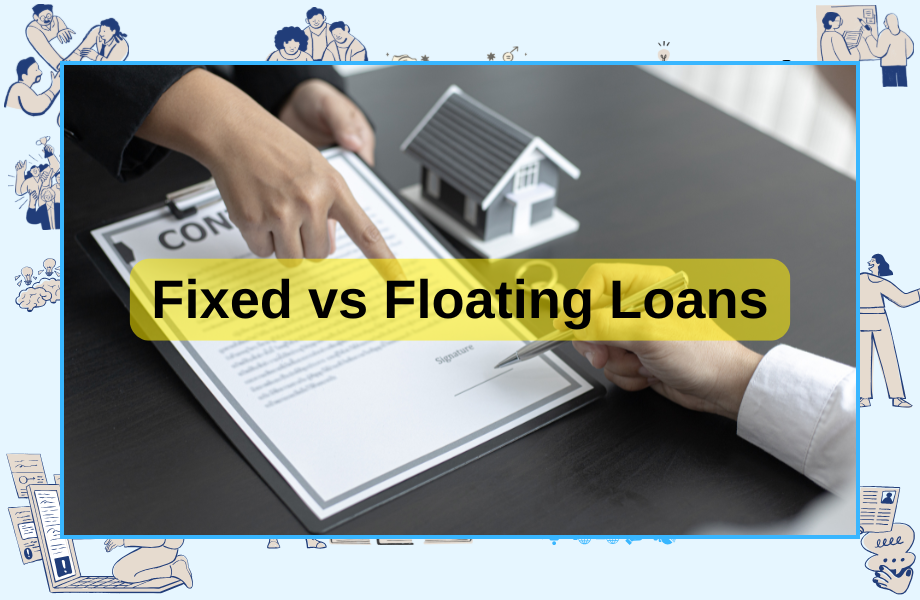Fixed vs Floating Loans — Who Benefits from Rate Cuts?
Not all loans benefit from RBI’s rate cuts. If you’ve taken a fixed-rate loan, your EMIs may not change — while floating-rate borrowers could see savings. Here’s a simple breakdown of how each loan type works and what you should consider before switching.

When the RBI reduces interest rates, not every borrower benefits immediately. It depends on the type of loan you chose — fixed or floating.
🔒 Fixed Rate Loans
- EMI stays the same — even if RBI cuts rates
- Your interest rate is locked for a fixed period (e.g., 3 or 5 years)
- Banks offer stability but no flexibility during falling rate cycles
🧾 Example:
If you locked a home loan at 9.5% in 2023, and now the market rate is 8.5% — you’re still paying 9.5% until your fixed term ends.
🔁 Floating Rate Loans
- Interest rate changes with RBI movements
- Your EMI may reduce when rates drop (like now!)
- Usually cheaper in the long run, but less predictable
🧾 Example:
With a ₹30 lakh loan at 9.0% (floating), your EMI may now fall to 8.5% — saving you ~₹950/month.
💡 Can You Switch from Fixed to Floating?
Yes, many banks allow you to switch — but:
- You may need to pay a conversion fee (around 0.5% of loan amount)
- You’ll need to sign new terms or revisit loan agreements
✅ Tip: If your fixed rate is 2% higher than the new floating rate, consider switching.

⚠️ Disclaimer:
The information shared in this article is meant for general awareness only. Bitveen does not offer personalized financial advice and is not a SEBI-registered entity. Loan products, conversion policies, and interest rates may vary across banks and individuals. Always consult your bank or financial advisor before switching loan types or modifying loan terms.

